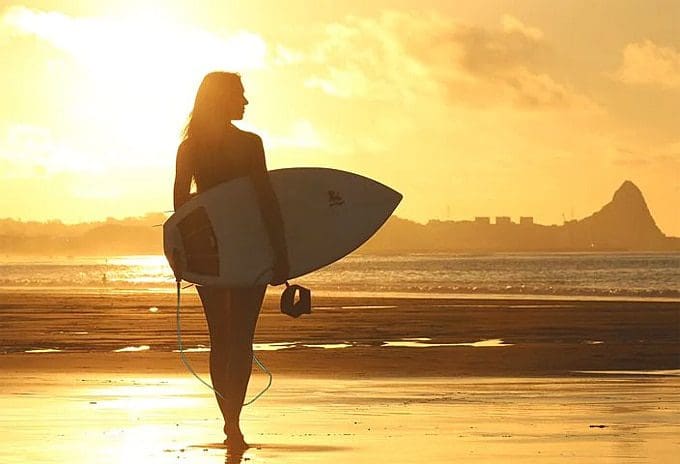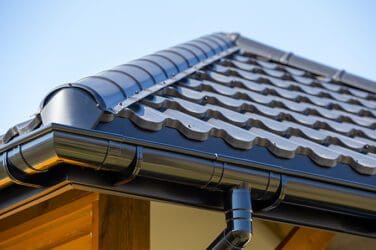words Alexa Wang

Are you looking to ride some waves like Patrick Swayze in Point Break? Surfing is a beloved sport across the world, from the iconic beaches of Hawaii and Australia to the southern shores of Morocco and France.
More than just an athletic discipline, surfing is a lifestyle that promotes freedom and a particular connection to nature. Now, regardless of your level, investing in a surfboard can be a challenge in itself and bring up a whole bunch of queries —
What factors should I look into? What’s not to miss? How much should I invest? You’ve got questions, we’ve got answers.
Experience
Given the wide selection of surfboards out there, it’s important to start your search by determining your own level and the kind of experience you already have. Ask yourself what type of waves you want to surf and if you’d like to paddle as well. Beginners will want to opt for a board that offers great stability and all-around performance. In contrast, intermediate and advanced riders will want to pay attention to details such as rocker, rails, outline, and bottom shape. Regardless, surfing enthusiasts in Australia are bound to find a specialized website with a variety of surfboards, swimwear, accessories, and more. Conducting preliminary research will allow you to get a sense of what’s on the market and help you make the best possible purchase.
Frequency
How often you surf and in what kind of water environments (unbroken waves, whitewash, and such) will also have a major impact on your surfboard selection. Do you plan on surfing every day? A couple of times a month. Perhaps on occasions? This is bound to affect your progression down the line. As such, choose a challenging surfboard for a more intense practice, or a more accessible and versatile one if you only plan on surfing every now and again.
Volume and Dimensions
Now on to some specs. Your choice of board will be dictated by your morphology, namely your height and weight, fitness, and surfing abilities. One of the biggest mistakes people make when purchasing a surfboard is buying one that’s too small for their size; it will be more practical and easily transportable, but you surely won’t get the same kind of experience with a model that’s fitting. Now, selecting a surfboard with the right dimensions can be a tricky affair. Novice and intermediate riders should look for:
- Length — A longer surfboard allows you to catch smaller waves and makes catching speed and paddling easier. Typical length varies between 6” and 9”.
- Width — A wider board gives you more stability and helps you find your balance more consistently. Usually between 18” and 23”.
- Buoyancy — A fancy term for thickness. The thicker a board is, the better it floats, which allows you to catch more waves. The common range is 2½”-3”.
In any case, pay a visit to your local surf shop to get expert advice and try out different models. Ask for beginner-friendly boards if you have zero knowledge and background in surfing.
Materials
Another important aspect to factor in pertains to the type of material used in the surfboard. As a beginner, your choice will mainly be between polyester and an epoxy board. They have the same structure with an interior made of foam but have different characteristics. In general, an epoxy board will be a lot lighter, offer more resistance and flexibility. They’re also eco-friendlier. For advanced riders, look into carbon makes or fiberglass-resin blends for ultimate performance.
Budget
It’s no secret that price will be a major determinant in your surfboard selection. You’ll typically find them at an entry price tag of $200, and upwards of $1000 for more sophisticated models. The price of your surfboards will mainly depend on its dimensions and type of material. As a general principle, don’t purchase a board simply because of the brand, logo, or looks. Instead, invest in a quality and durable model that will allow you to develop your surfing skills.
Secondhand Surfboards
Those who cannot afford to leave the shop with a brand-new surfboard under their arm can look into acquiring a used one. However, be very careful and inspect the board in person before buying it. Ask how long it’s been used for, look for any cracks, inspect the integrity, and do your research to determine what price you should be paying.

All in all, acquiring a new surfboard will open up a world of possibilities. If this is your first purchase, we suggest you consult a variety of review guides and online retailer shops to get an idea of what’s on the market, which will help you make the most satisfying purchase. Cheers!









